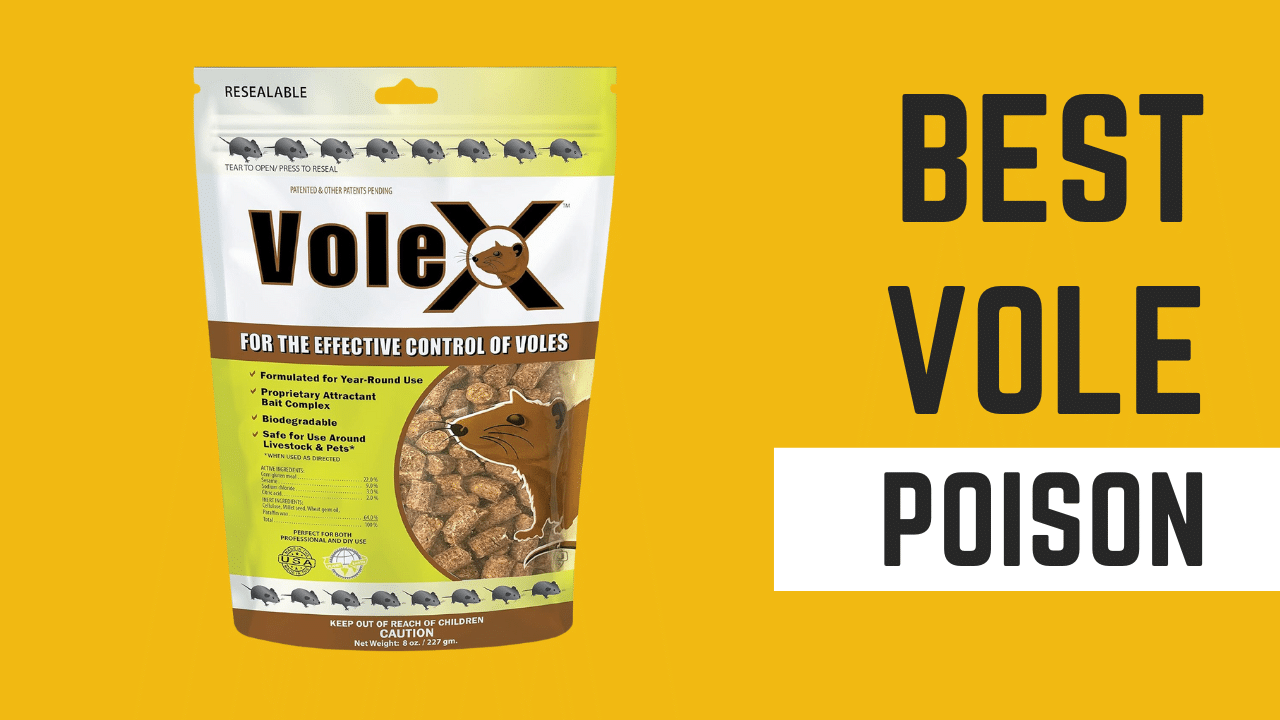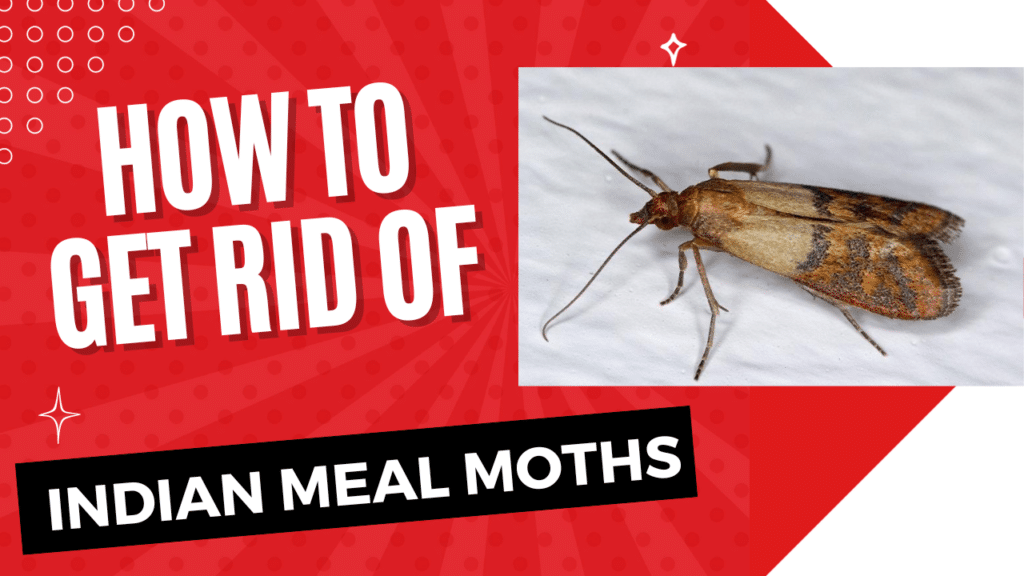
- LAST UPDATED: November 30, 2023
If you’re like me, your kitchen is your happy place. It’s where you create magic and nourish yourself and your loved ones. But it can also be a place of anxiety and stress – especially when dealing with pests.
7 Steps Ultimate Guide on How to Get Rid of Indian Meal Moths
If you've ever had the misfortune of finding little brown moths flying around your kitchen, there's a good chance they were Indian meal moths. These pests attract food sources like grains, cereals, and pet food. Here's what you need to know about Indian meal moths - and how to get rid of them for good.
STEP 1. What Are Indian Meal Moths?
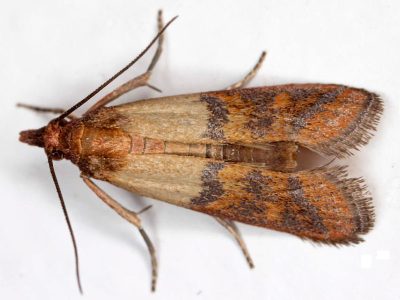
Indian meal moths are tiny insects that are typically brown or gray. They measure between 1/2-inch and 5/8-inch in length and have narrow wings with copper or reddish markings. The larvae of pantry moths are tiny, white caterpillars that can be found crawling on food sources or in cracks and crevices.
Here is general information you should know about Indianmeal moths:
- Lifecycle. The egg development cycle takes from 25 to 135 days. One moth can lay up to 400 eggs in 18 days. Everything in your kitchen that is not sealed or canned is to be infested by this pest. The moth's life depends on the temperature and outside conditions; however, it takes up to 7 weeks for moths to develop in summer.
- Eggs. Female moths usually lay about 300-500 microscopic eggs during their lifetime.
- Pupa. No damage occurs at this stage because the moth is covered with a silken cocoon.
- Adults. Adult Indian meal moths can be easily recognized even if you are not a professional pest exterminator. The wings present a blend of pale grey and rust bronze and are folded together and held by the body when resting. The Indian meal moths usually live for six days, and the function of their life is reproduction.
- Meal Moth Larvae. The color of larvae is dirty white, sometimes with pink or green hues. It is quite easy to identify them - they look like worms and have brown heads. Larvae can chew through packed food items, feed on them, and may hide among the grains and seeds or in various cracks and crevices. You may find them meters away from infested products as they crawl around the kitchen to find places where to make cocoons.
STEP 2. How Do You Know If You Have Pantry Moths?
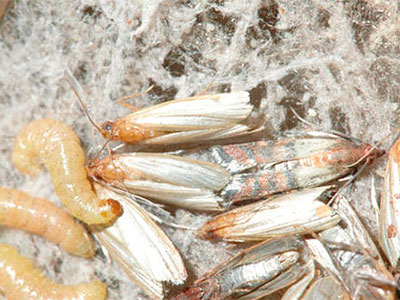
If you suspect you have Indian meal moths, it's essential to check your food sources for signs of infestation. Look for small holes in grains, cereals, and other dry goods packages. You may also find webbing or caterpillars in open containers of food.
STEP 3. What Are the Signs of an Infestation
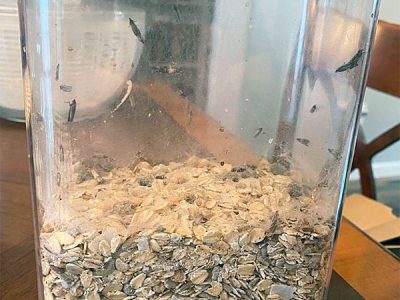
If you have suddenly found this pest in your kitchen, you will probably want to know more about its habits:
- Webs. Pantry moths make many webs in the food items they infest.
- Day or night? They are mostly nocturnal, attracted to lights, and fly around the place at night.
- Eggs. Indian meal moth lays its eggs in products such as grains, flour, cereal, seeds, dried food, and pet food.
STEP 4. Where Do Indian Meal Moths Come From

There are two ways how pantry moths can enter your home:
- Flying moths in the house can be brought with packed food items that have already been infested. Though product manufacturers try to fight this issue to deliver pest-free food; however, there are cases when they fail.
- Another way is bringing food from an infested store or supermarket. Immature species can crawl around the packages looking for something to feed on.
STEP 5. How to Get Rid of Indian Meal Moths

You can also use insecticide sprays or powders to eliminate Indian meal moths. Look for products that contain pyrethrin or permethrin and follow the directions on the label. You may need to apply the insecticide more than once to achieve lasting results.
Calling a professional pest control company may be necessary if you're dealing with a severe infestation. A professional can identify the source of the infestation and provide treatment options.
3 Ways to Eliminate Indian Meal Moth Infestation
- Call a professional exterminator, who will do all the work for you. However, it will cost you quite a sum.
- Use do-it-yourself pesticide sprays using all the ingredients you can find in your kitchen, including onion, garlic, hot pepper, and soap.
When combined, the above-mentioned ingredients may cause eye and skin irritation. Make sure you wear rubber gloves when preparing the mixture.
-
Moth Traps
You can purchase different repellents including glue based pheromone moth traps, glue bait moth traps, sticky glue traps or grain moth traps to catch moths in your kitchen cupboards or other rooms of your home.
Indian meal moth traps seem to be a perfect solution to kill these annoying insects. These traps are usually constructed of pheromone-impregnated glue strips on cardboard or paper. The pheromones attract male moths and trap them, therefore making mating impossible.
According to moth traps reviews, Revenge Pantry Pest Trap and ProPest Pheronet Pantry Pest Trap are the most effective. They are straightforward to set up and use.
Following these tips can eliminate pantry moths and keep them from returning.
STEP 6. What to Do If an Infestation Has Already Occurred
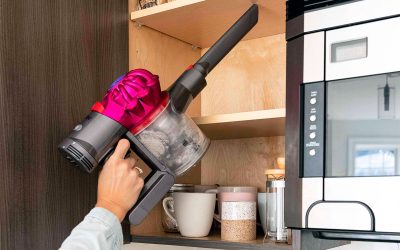
Once you've located their source, you can start taking steps to get rid of them.
- Vacuuming
One of the simplest and most effective ways to eliminate Indian meal moths is to vacuum them up. This action will help to remove any eggs or larvae that may be present in your home. You can also try using a strong airflow to blow them out of cracks and crevices. - Chemical Control
If vacuuming and blowing aren't enough, you may need to resort to chemical controls. Several pesticides are effective against pantry moths, so be sure to read the labels carefully and follow the directions. - Preventation
Finally, one of the best ways to prevent an infestation is to practice good food storage habits. Keep food in sealed containers and avoid leaving it open where meal moths can get to it.
Chemical Control
Before using sprays against Indian meal moths, identify the pests and inspect the food items. Apply chemical insecticides to all the cracks and crevices of the shelves and cupboards to prevent future infestation.
Among the most popular and effective are:
- Microcare Aerosol,
- CB-80 Extra Aerosol,
- 565 PLUS XLO.
Non-Chemical Methods
Do not rely on pesticides alone! It is impossible to succeed in Indian meal moth elimination without additional efforts. It would help if you practiced good storage conditions as well as sanitation:
- Put all the dry and bulk food into a tight-fitting container. In such a way, moths won't be able to crawl inside to feed on the products.
- Do not buy food in damaged packages. It can be infested, and you will bring moths to your house or apartment.
- Clean used and old containers with soap before putting fresh food there.
- Do not mix new and old food to avoid new foodstuffs infestation.
- Clean cupboards and shelves regularly.
With these tips in mind, you should be able to get rid of any pantry moth problem you have. Just act quickly and keep your food storage areas clean to prevent them from returning.
STEP 7. Prevention Tips for Pantry Moth Infestations
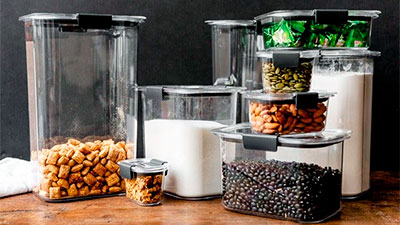
- Remove any infested food from your pantry
The first step in getting rid of pantry moths is to remove any food that they have contaminated. This step includes any open packages of food and any sealed packages showing signs of damage. Check all corners and crevices of your pantry for infested food. - Clean your pantry thoroughly
Once you've removed all the infested food, it's time to clean your pantry from top to bottom. This step will help to remove any remaining eggs or larvae that could hatch into new moths. Start by dusting all surfaces, then wipe them down with a damp cloth. Vacuum the floor and any cracks or crevices where pests could hide. - Store food in airtight containers
One of the best ways to prevent Indian meal moths from returning is to store food in airtight containers. This tip will prevent them from accessing food sources and laying their eggs. Be sure to choose containers of sturdy materials, like glass or metal.
Conclusion
Now that you have followed all the Indian meal moths control and elimination tips, disposed of infested food items, and removed them from your home, you may not be disturbed by flying around annoying pests.
Just remember to follow sanitation rules, and when purchasing products, pay attention to their packaging to prevent your home from infestation.
Contents
- 1 7 Steps Ultimate Guide on How to Get Rid of Indian Meal Moths
- 1.1 STEP 1. What Are Indian Meal Moths?
- 1.2 STEP 2. How Do You Know If You Have Pantry Moths?
- 1.3 STEP 3. What Are the Signs of an Infestation
- 1.4 STEP 4. Where Do Indian Meal Moths Come From
- 1.5 STEP 5. How to Get Rid of Indian Meal Moths
- 1.6 STEP 6. What to Do If an Infestation Has Already Occurred
- 1.7 STEP 7. Prevention Tips for Pantry Moth Infestations
- 2 Conclusion


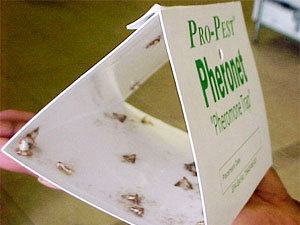 You can purchase different repellents including glue based pheromone moth traps, glue bait moth traps, sticky glue traps or grain moth traps to catch moths in your kitchen cupboards or other rooms of your home.
You can purchase different repellents including glue based pheromone moth traps, glue bait moth traps, sticky glue traps or grain moth traps to catch moths in your kitchen cupboards or other rooms of your home.
